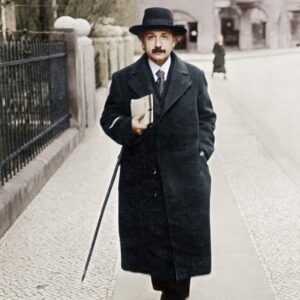IN2UB team designs a molecule to implement a quantum error correction code
One of the challenges in implementing quantum computing is the protection of quantum states that code the information of errors caused by their interaction with the environment. A solution consists on introducing error protection codes. A team from the Institute of Nanoscience and Nanotechnology of the University of Barcelona (IN2UB) has designed a molecule that can host an algorithm of this kind. The molecule is formed by erbium and cerium atoms.
The study of magnetic structure, in collaboration with researchers from the Institute of Nanoscience and Materials of Aragon (INMA-CSIC), shows that each of the three atoms codes a different qubit and that all three are weakly coupled. The analysis enabled researchers to characterize the response to microwave pulses, as well as the sensitiveness to the surrounding noise. With this information, a third team of collaborators from the University of Parma has successfully simulated the application of an error correction code, in which the cerium atom codes the quantum information in its spin, while erbium atoms detect potential errors and correct them.
The mentioned molecular device has been synthetized thanks to an unpublished method of preparation of heterometallic lanthanide coordination complex, found by the group from IN2UB.
“The creation of quantum algorithms within individual molecules represents an advance in the approach of molecule-based quantum computing, regarding other schemes based on superconductors, since it allows the reduction of communications between different elements of the quantum circuit and therefore, reduce its complexity”, notes Guillem Aromí, director of IN2UB and leader of the study.
The other molecule that had been previously presented to carry out this function uses the nuclear spin of an ytterbium ion and its electronic spin, which requires two technologies to implement the code: nuclear magnetic resonance (RMN) and electron paramagnetic resonance (EPR). Regarding the compound carried out at the UB, the code only needs RMN.
The next steps to follow in the construction of a molecular quantum processor are its integration to a quantum device (for instance, a superconductor resonator) to connect molecules with each other and with the outside. The involved teams in this publication lead the European consortium FET-OPEN with this goal.
Content may have been edited for style and clarity.

